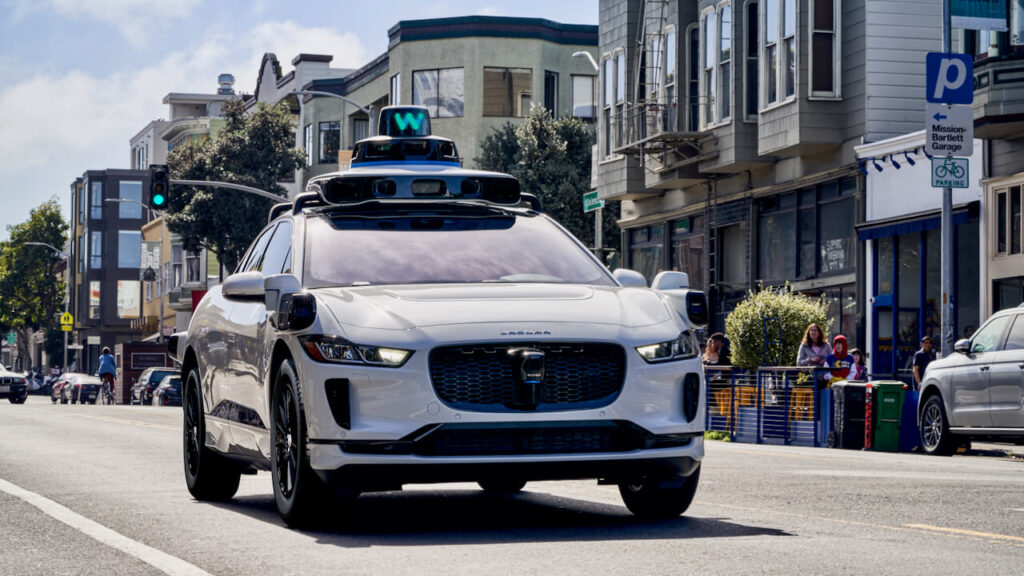NEWS
Waymo Robotaxi Expansion Application Put on Hold by California Regulator
California Delays Waymo’s Robotaxi Expansion Application
California has decided to delay Alphabet’s Waymo’s application to expand its robotaxi services to parts of Los Angeles and San Francisco’s peninsula until June 19. This decision comes amidst increasing safety concerns regarding autonomous vehicles.
The California Public Utilities Commission (CPUC) has suspended the application for further staff review, according to a notification on their website. Waymo responded to this development, stating that the suspension is part of the standard review process.

Expansion Application: A Regulatory Review and Suspension Overview
Typically, if an application is not approved within the first 30 days of initial review, it goes into suspension for up to 120 days, which can be extended for another 180 days if necessary.
Waymo, currently operating in San Francisco and Phoenix, applied on Jan 19 for the expansion of its driverless services, emphasizing collaboration with policymakers, first responders, and community organizations.
Waymo and GM’s Cruise Incidents Fuel Public Concerns About Robotaxis
This suspension follows recent incidents involving and its competitor, General Motors’ Cruise, which have heightened public concerns about robotaxis. A Waymo robotaxi was attacked and set on fire during Chinese New Year celebrations in San Francisco’s Chinatown, and another incident involved a vehicle striking a bicyclist. Similarly, a self-driving vehicle from GM-owned Cruise was involved in an accident with a pedestrian in October, leading to the suspension of Cruise’s driverless testing license in California.
Waymo Faces Regulatory Scrutiny Amid Vehicle Recalls
These incidents have prompted calls from California lawmakers for stricter regulations on robotaxis and autonomous trucks in the state.
In a separate development, announced last week that it had recalled vehicles in Phoenix due to two minor collisions caused by a software error, which inaccurately predicted the movement of a towed vehicle.